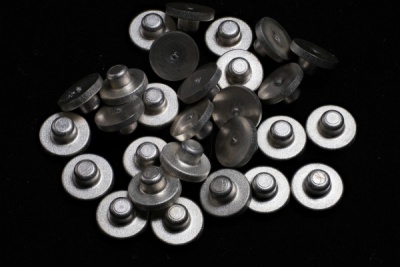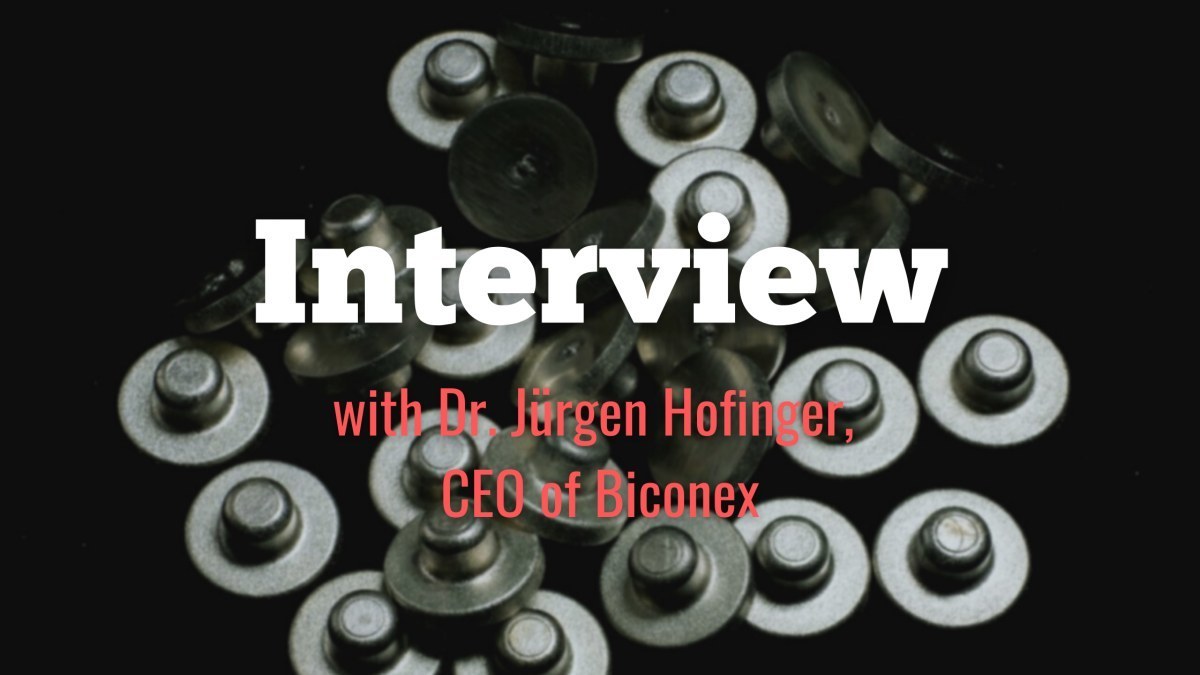(Electro)plating industry is one of the obvious markets for OrelTech’s novel metallization technology. In fact, we already wrote about it in one of our previous blogs, Changing the face of the plating industry. Just the potential to steeply cut costs on material use is enough to give it at least a consideration, let alone other benefits like no use of harsh chemicals and no chemical waste to dispose of. Recently, we interviewed our long-term collaborator and a plating expert, Dr. Jürgen Hofinger, the CEO at Biconex and an electroplating expert, to give you an insight on using OrelTech technology in a plating process.

First off, tell us a few words about yourself and Biconex.
Biconex is a small-job plater for specialty plating apart from standard ABS chroming. With our exclusive chromium(VI)- and manganese-free preconditioning, we can plate high-tech polymers like PEEK, PEI, or PPS. Applications are mostly found in electromagnetic shielding. But our main focus lies in the development of new, environmentally friendly chemical surface treatments of polymers for the subsequent plating.
Describe shortly projects on which you collaborated with OrelTech.
Since we always look for alternative ways of applying metal surfaces on polymer parts, one of our first ideas was to use OrelTech’s inks as a first conducting layer in the plating process. Since that first idea, we started on two more projects where we coated ECG electrodes with OrelTech’s silver inks and applied platinum coating as a catalyst for the cleaning of contact lenses.
How would you normally approach these types of projects and what was the approach with OrelTech’s technology?
The usual approach is that the clients either want the solution yesterday or quickly lose their interest. Research institutes usually only start with the first experiments if they get financing in projects for several years. The advantage of approaching projects with companies like OrelTech is that the first trials can start within a few days in a very efficient process. A plasma generator has already been ready to use in our lab and we could immediately start to explore the possible uses with OrelTech’s inks.
What was the largest practical difference between the two approaches?
If you are in the stage of brainstorming business ideas based on a new technology, those first ideas are almost always far from any feasibility, not only in terms of the relevant market but also technically. That’s normal and even the most experienced experts will come up with ideas, opportunities, or limitations which won’t pass the real-world test. Theories must be shaped in a repeated process of assumptions and experimental proof. In this stage, the possibility of several quick first experimental results is the decisive factor for efficiency in development.
How about technical aspects of the process?
Electroless plating uses bath stations with electrolytes in volumes of at least 100 liters. Precious metal baths are very expensive and need to be replaced periodically. And even if recycling facilities for the subsequent rinsing baths are installed, about 40% or more of the precious metals get lost in the process. OrelTech’s technology has a huge advantage here by using just small fractions of the required liquids. Losses of precious metals are comparatively small and can be easily recycled without expensive processing. In the plating industry material is a major cost factor, much more so than in most other industrial areas.
Which benefits did OrelTech’s technology bring to the project/your company?
Since we are experienced with plating processes, we quickly realized the difference between state-of-the-art metallic inks and the OrelTech approach. OrelTech technology uses metallic precursors instead of metal particles. A closed metal layer is formed as a result of a chemical reduction process, with high conductivities and no limits due to contact resistances between particles. It works much like a chemical nickel coating but with milliliter volumes instead of several hundred to thousand liters in a plating bath.
Now that you have first-hand experience with our technology, what other applications can you think of?
Though we are not experts in the surface finishing of metals, I can imagine gold plating for contact purposes could be worth trying.
This interview has been edited for clarity and brevity.
